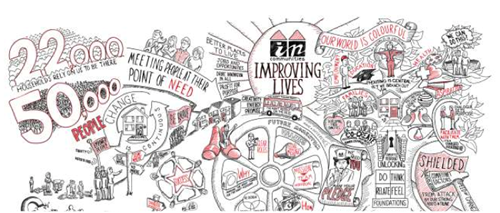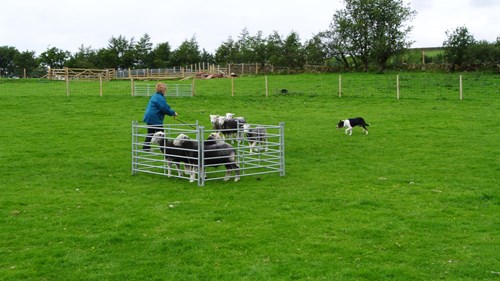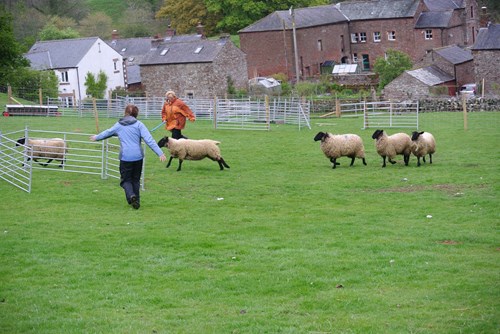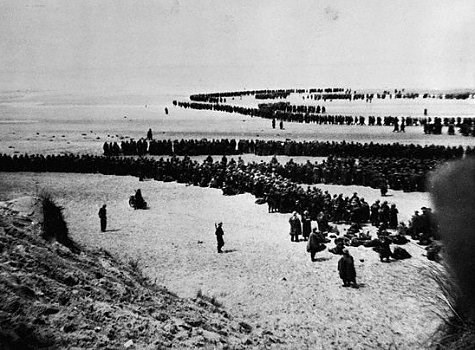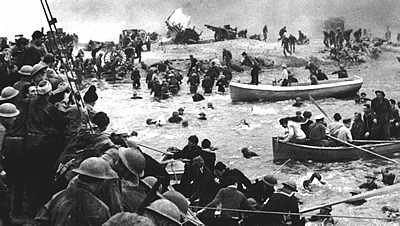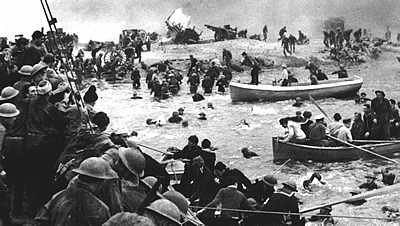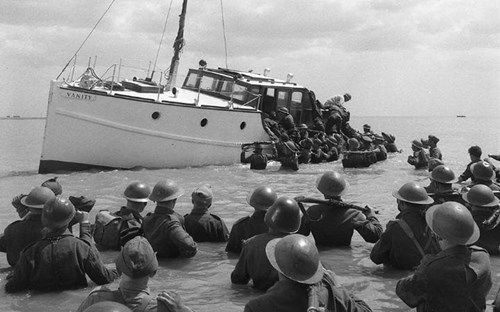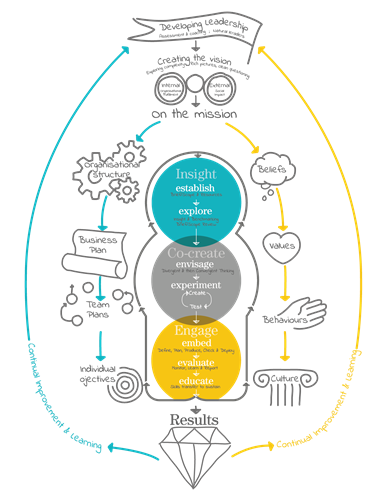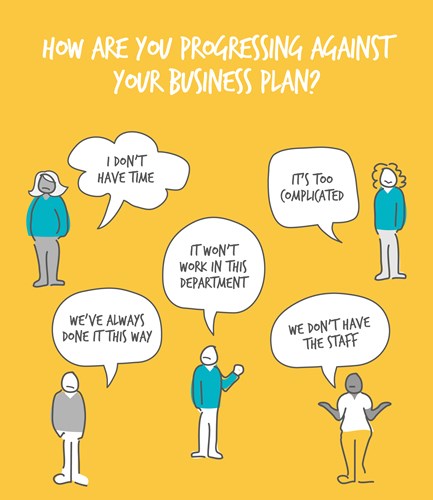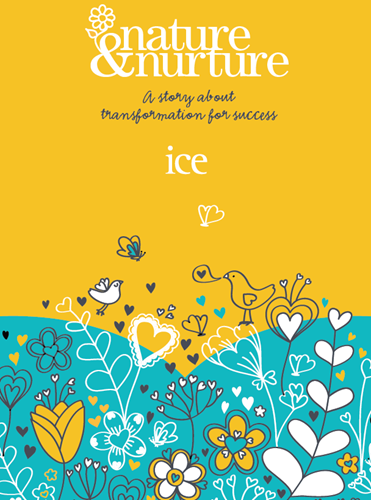Great teams need great group chemistry, and that’s a fact. We know that certain groups have it, and others don’t – that’s another fact. Most importantly, chemistry needn’t be elusive or mysterious. It’s an art that can be built, refined and practised.
When you’re around great team chemistry, it’s palpable. So, what’s behind the success of these teams? Whether the DNA of a winning culture has been inherited or is newly established, it requires careful nurturing to sustain. Over the years at ICE, we have been closely observing the commonalities recognised in successful teams.
What we’ve noticed is that well and happy cultures are curious by nature. All sorts of things trigger this curiosity – it can be as simple as “Oh, I wonder what that’s all about? Why is that working?’
For us at ICE, curiosity is synonymous with a hunger for knowledge and understanding. When teams share a genuine interest in each other, their world and ‘why’ and ‘how’ things work, this cultivates a culture whereby knowledge sharing, understanding and thought exploration are the norm. This extends to an inherent desire to experiment and evolve, always learning from what has gone before to inform what best impacts upon projects.
Another observation we’ve made is that micro-interactions are embedded within successful teams. Things like holding doors open, taking time to ask about family and getting everyone a cuppa before meetings can seem like pleasantries, but they are supported by behaviours that are essential in high performing teams – empathy, care and trust. When these behaviours are being lived out, they offer the opportunity for personal vulnerability across teams.
You see, these actions aren’t about ‘just being nice’. The behaviours around these micro-interactions are aligned with a basic human evolutionary need. Think Maslow – these actions move past the first 3 levels of psychological needs: safety, belonging and love. These micro-interactions demonstrate levels of respect, esteem and self-actualisation. When it comes to belonging, our emotional brains are either all in, or all out. Great teams are all in.
In the spirit of shared learning, here are a few easy to replicate observations that we’ve identified during our work with high performing groups.
Typing less, talking more
High performing teams build trust by being attentive and vulnerable together. When it comes to the important stuff, these teams aren’t relying on an audit trail of emails to ‘protect’ themselves. This protective behaviour is common in organisations that lack trust, and it really does impact negatively upon performance. Instead, they make the time to have face-to-face interactions, commit to action and deliver on promises. They are not afraid of challenge or entering into honest and open conflict that helps to achieve their mission. They know that communication goes far beyond what is said. To fully understand each other, they remove ‘screen time’ and replace it with ‘physical time’. This extends to meeting etiquette. Often, we notice high performing teams will remove distractions such as phones before going into a meeting. It’s not easy, and that’s why it builds relationships.
Setting the scene
The first few minutes of any interaction are critical. During this time, our brains are deciding whether they’re in or out. Encounters such as meetings and events require careful crafting to set the scene for open and honest dialogue. Successful teams create a safe and supportive environment where vulnerability is actively encouraged. It’s so important to remember that 75-80% of our communication is through body language and tonal expression. Face-to-face discussions aren’t a ‘nice to have’; they’re essential.
Disagreeing, yet committing to action
All too often, disagreements can zap energy and become all-consuming, leaving teams feeling exhausted and trying desperately to locate their nearest escape route. Fear not – it doesn’t have to be this way! In fact, we actively encourage disagreements. High performing teams are not made up of ‘yes people’. The most successful teams have great debates - they’re lively, engaging and challenging, and egos are left at the door. Most importantly, they don’t leave the room until they’ve committed to an action, and that’s a really powerful habit.
The buck stops here
Committing to action and accountability go hand-in-hand. How many times have you left a meeting, only to find yourself wondering weeks/months down the line why nothing has happened? Great teams have fanatical discipline, and each task has a designated accountable person, with responsibility delegated across the team. This allocation typically takes place when teams are committing to action and the accountable person owns the outcome of the task or project. Underpinning all of this is a foundation of positivity. ‘Thank you’ is never in short supply. Whilst this may seem like a basic interaction (after all, teams are supposed to help each other), successful teams make a point of taking the time to share their strong sense of gratitude.
Successful teams are to be admired, but they certainly aren’t the result of magic or an accident. There are many variants, but successful teams share the same core behaviours and attitudes. There is a respect that is lived out in their every interaction – no matter how big or small. It’s an ongoing exchange that can be practised and strengthened, just like the muscles in our minds and bodies. In short, it’s a functional emotional connection and wow, it really is powerful to witness and be a part of.
- Stuart
 collective voice
collective voice